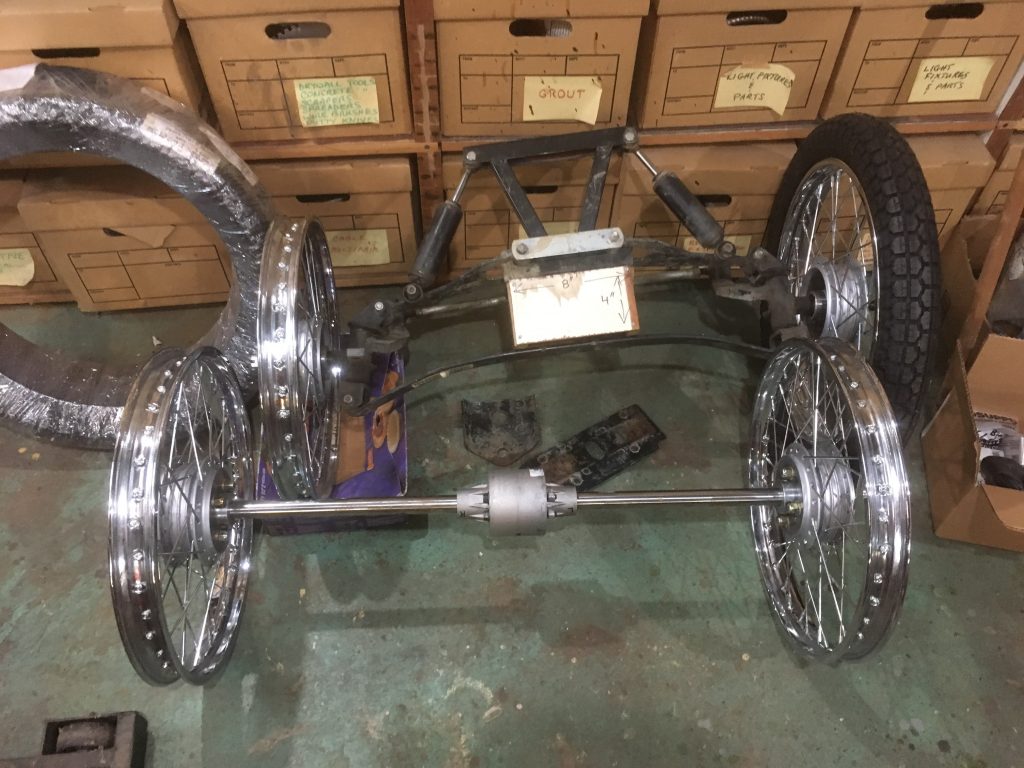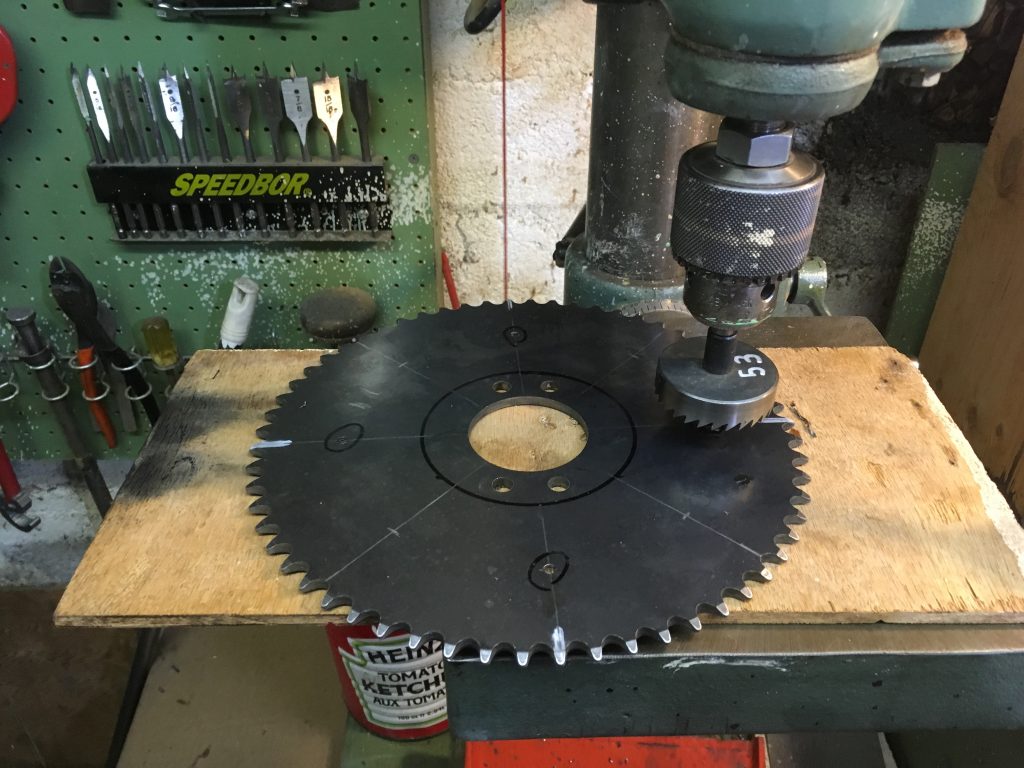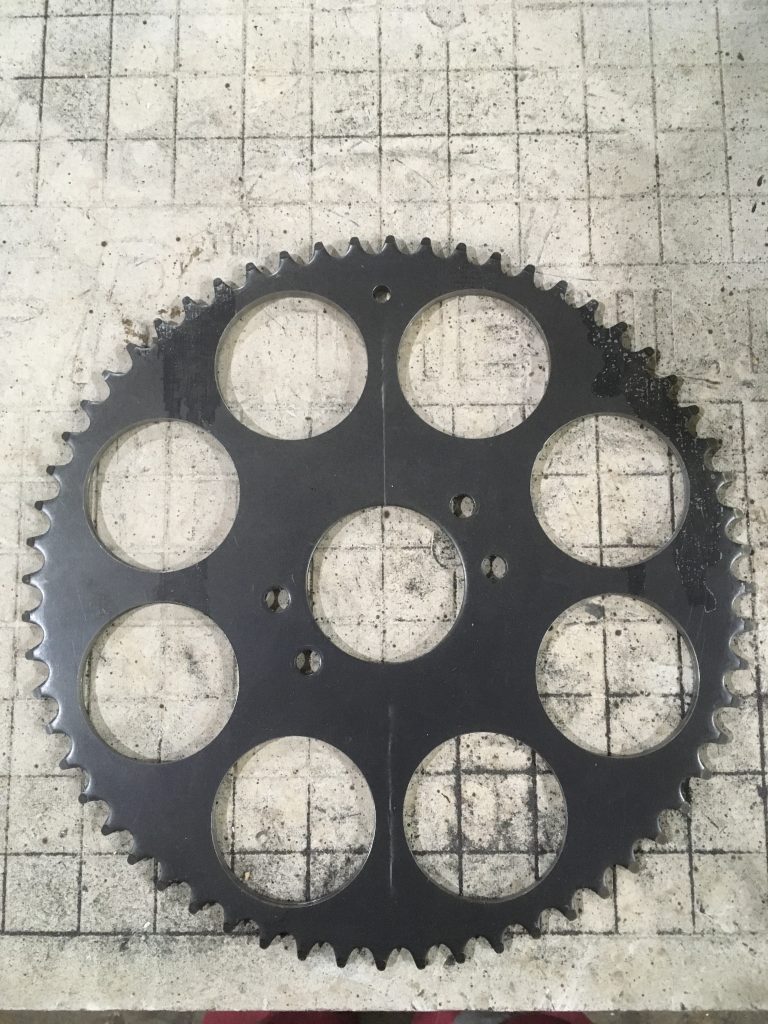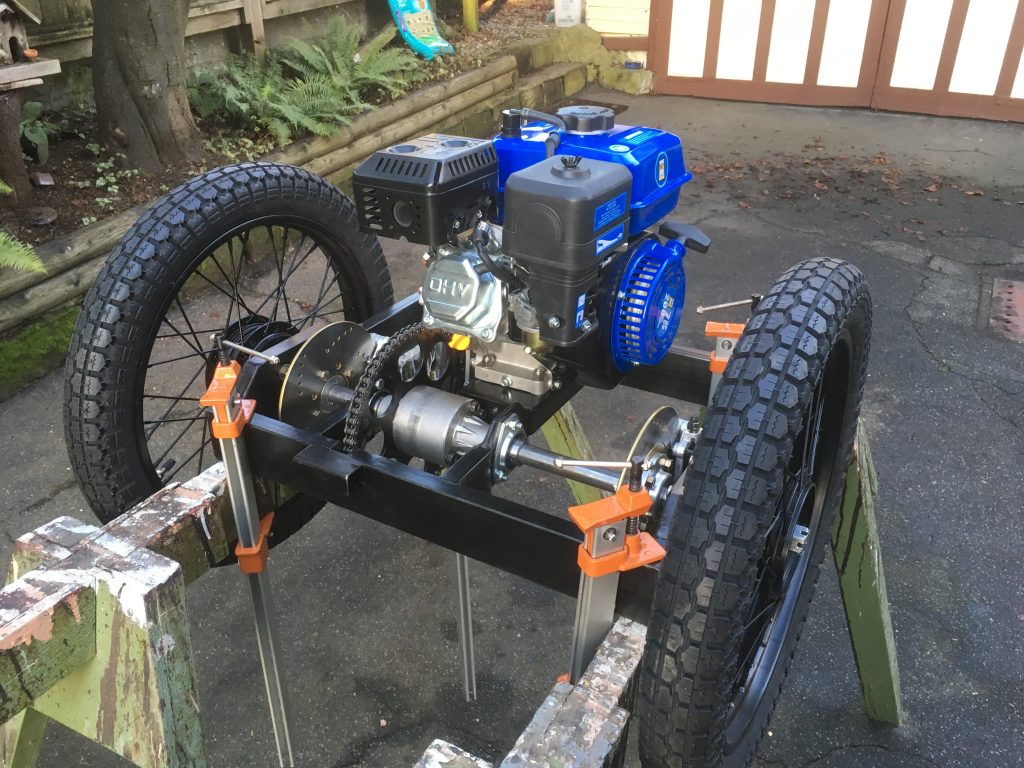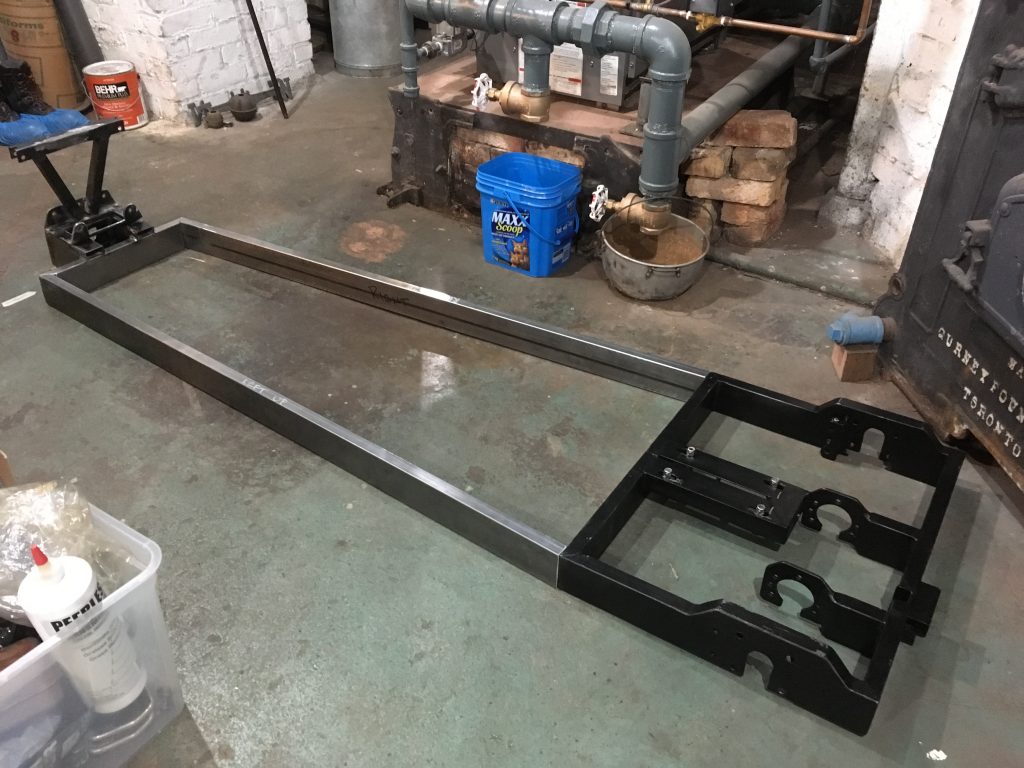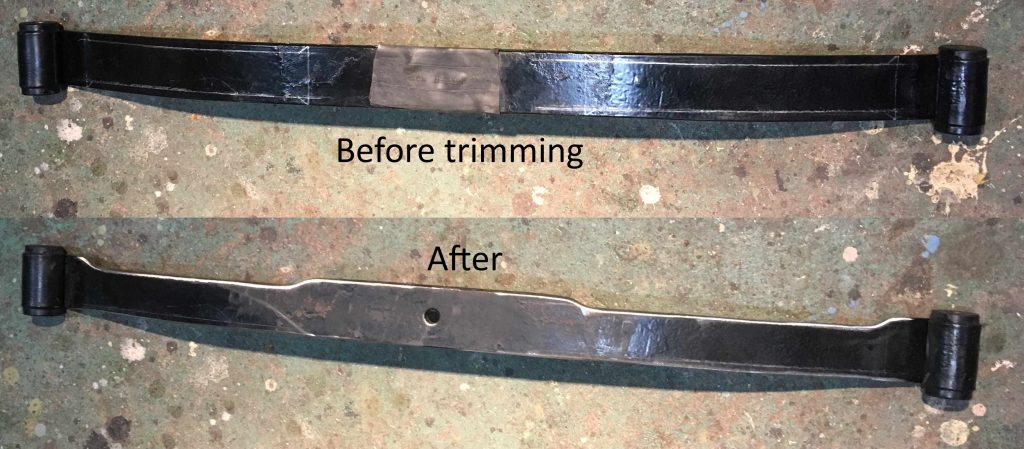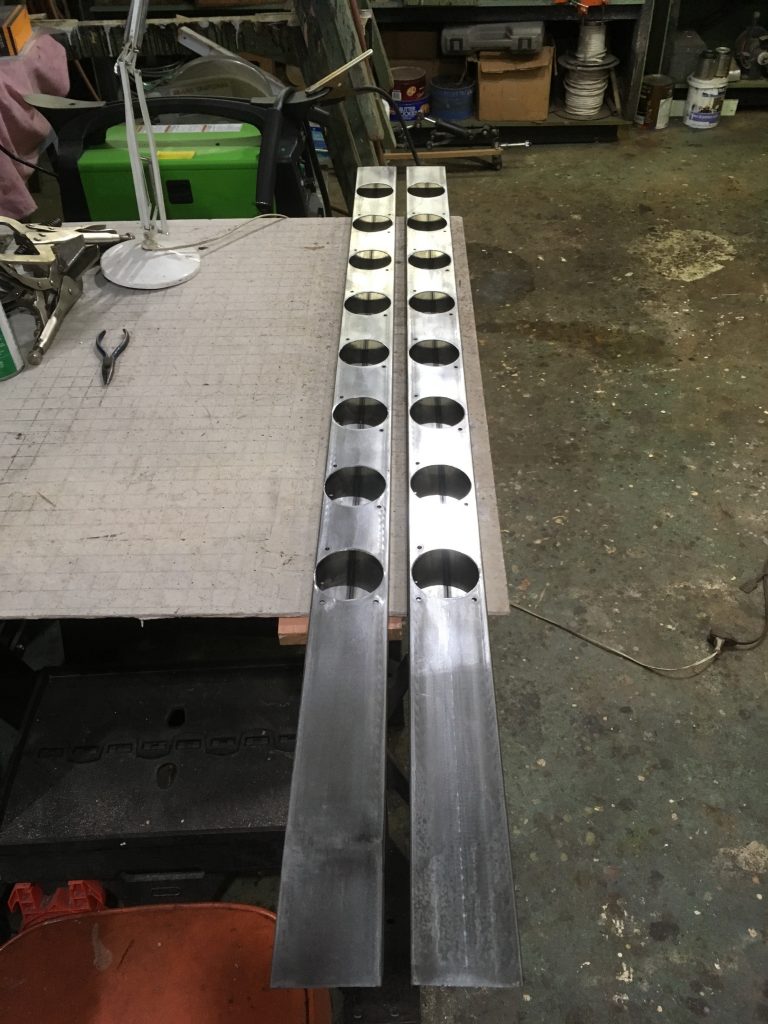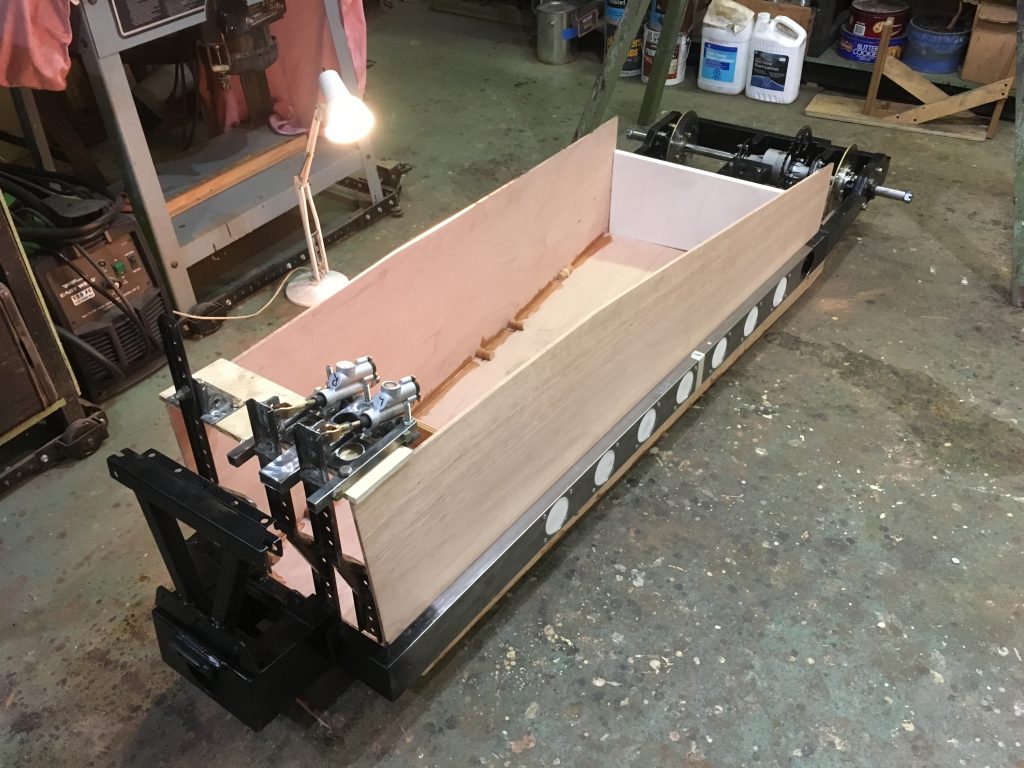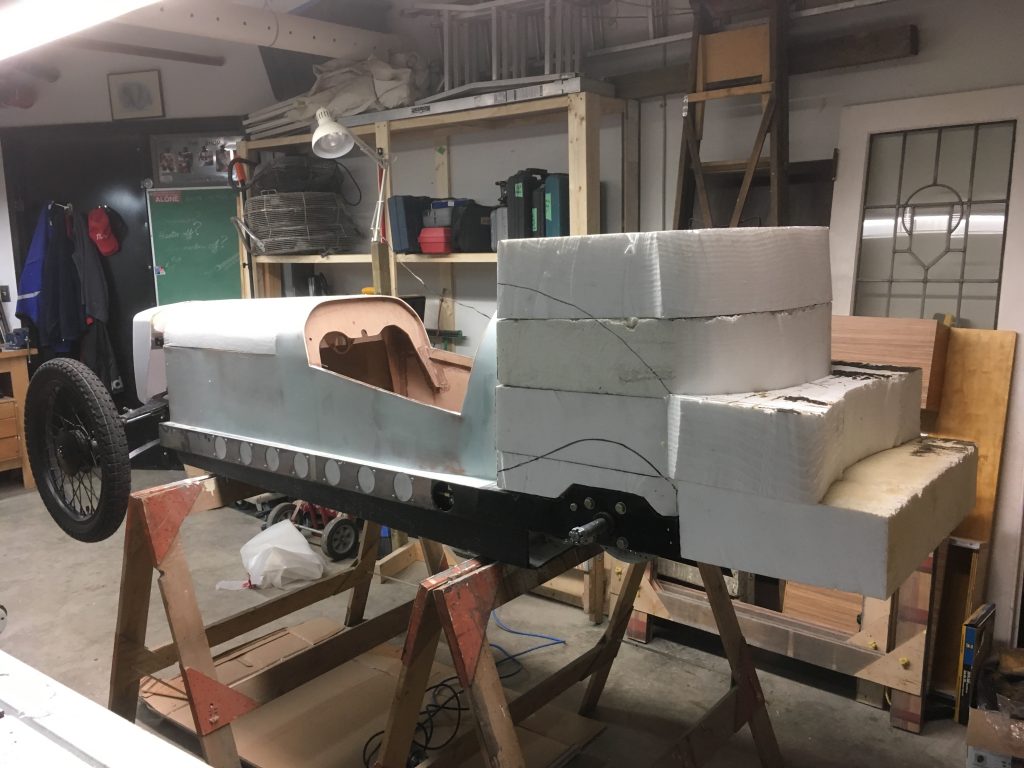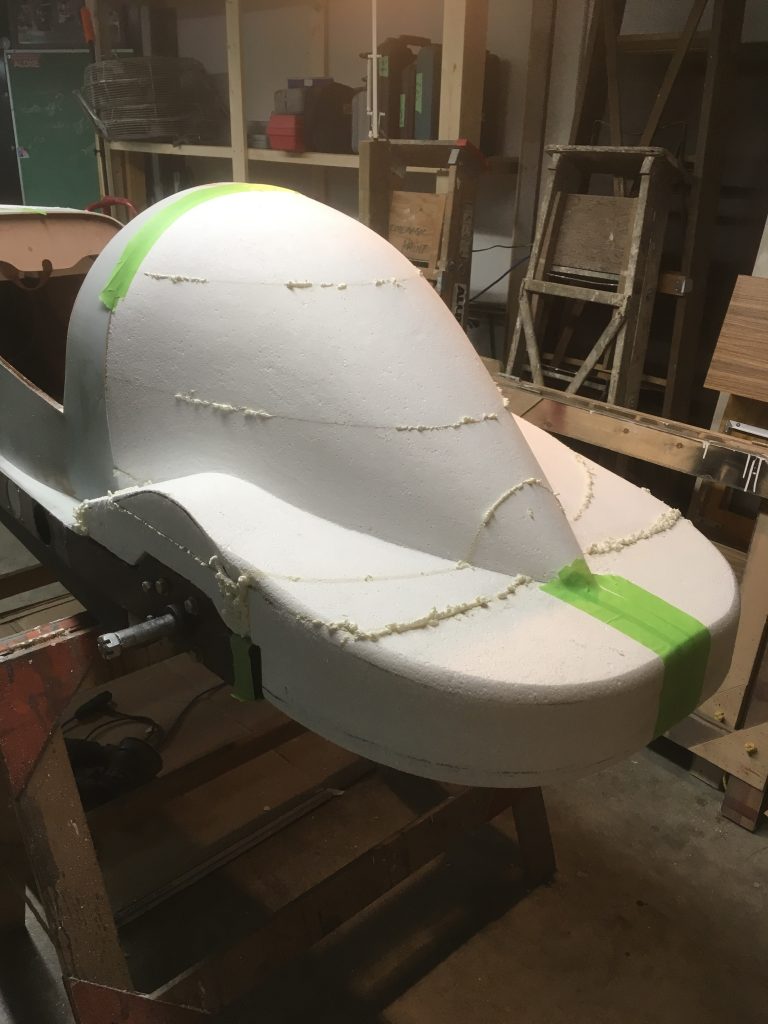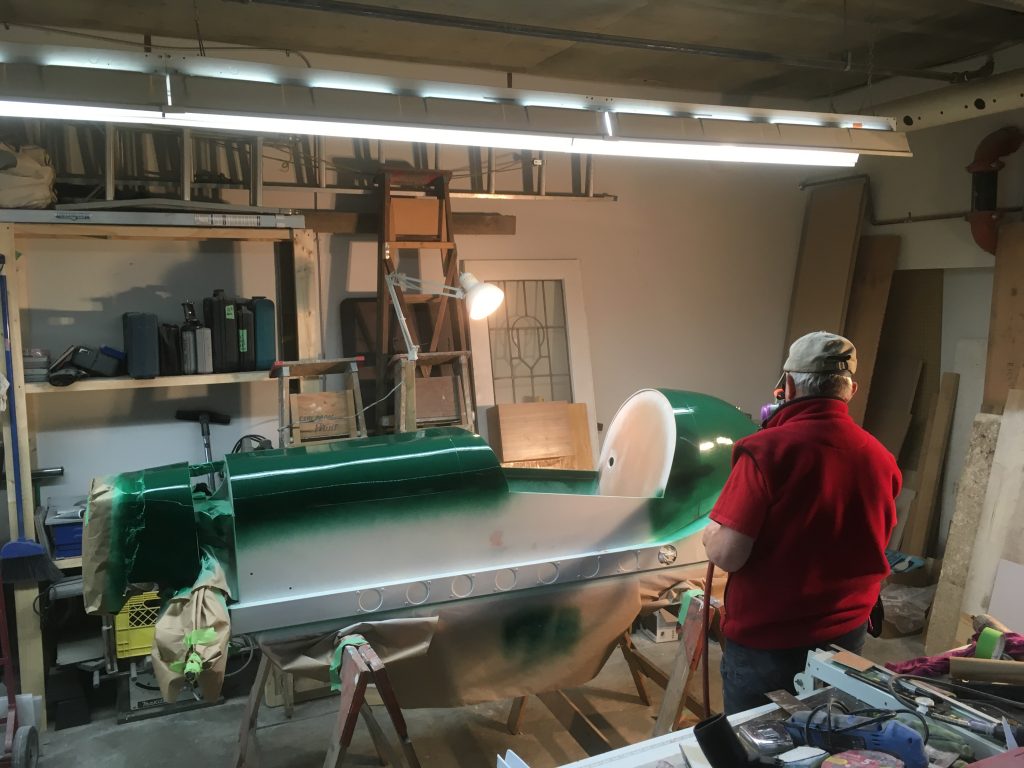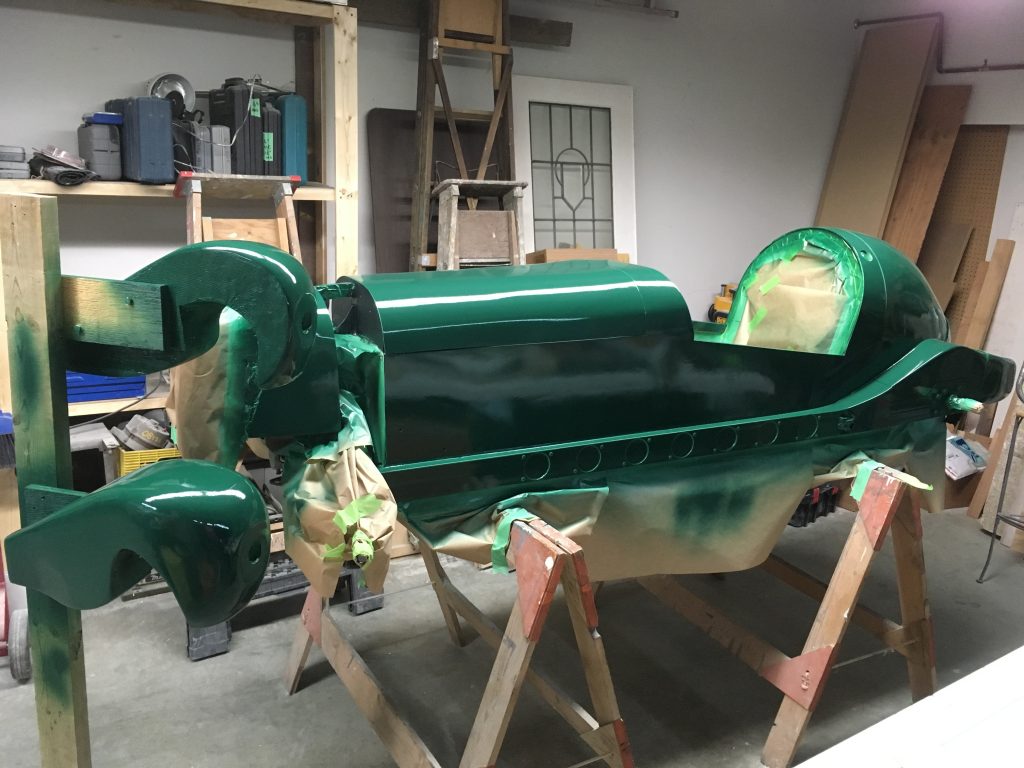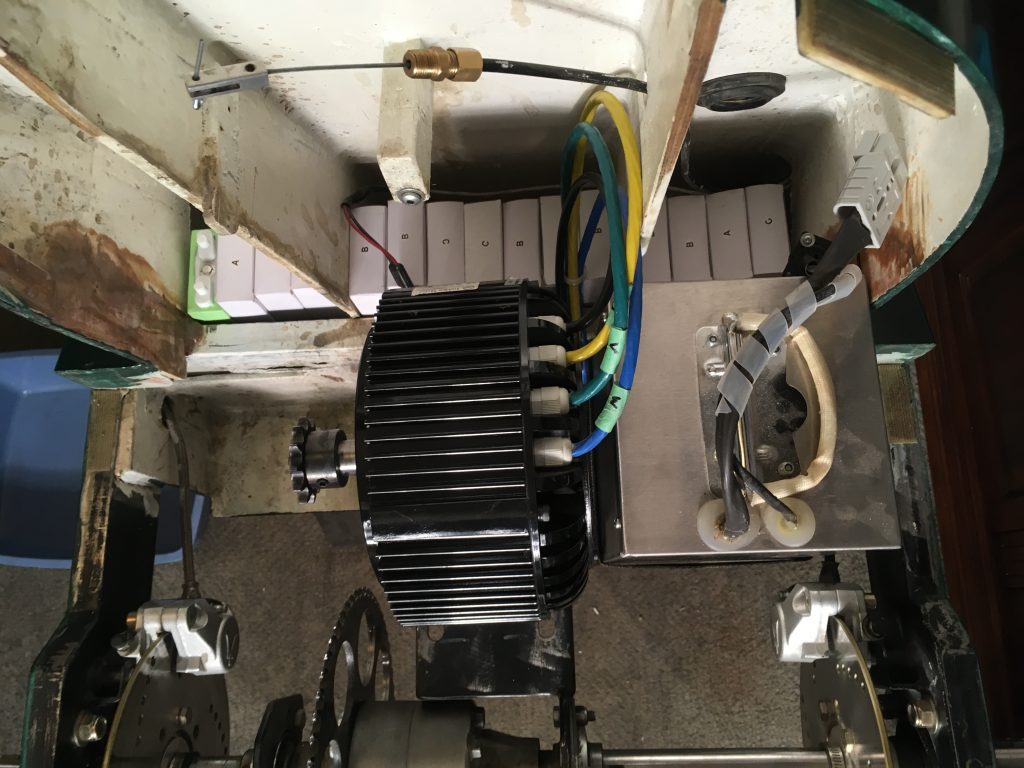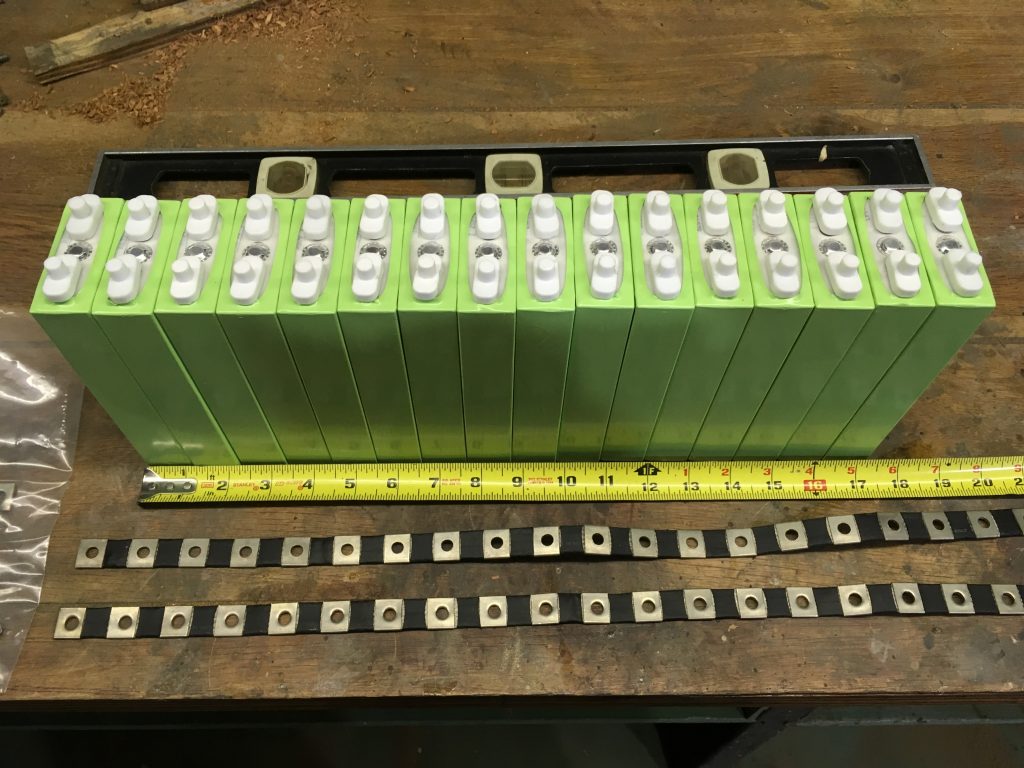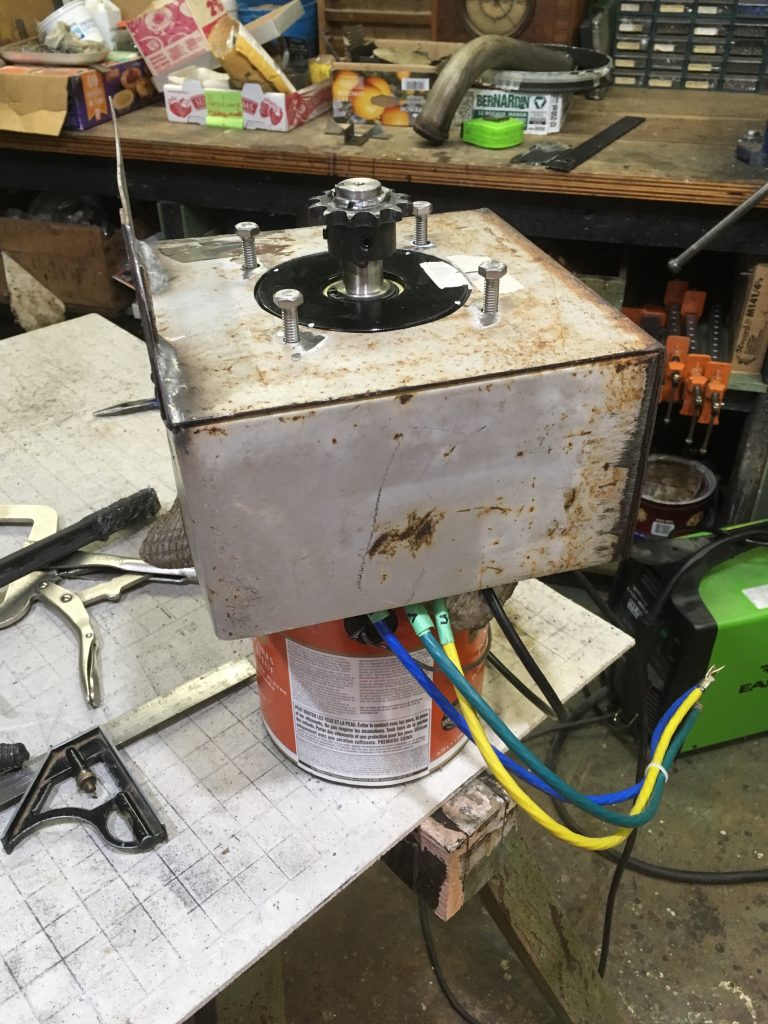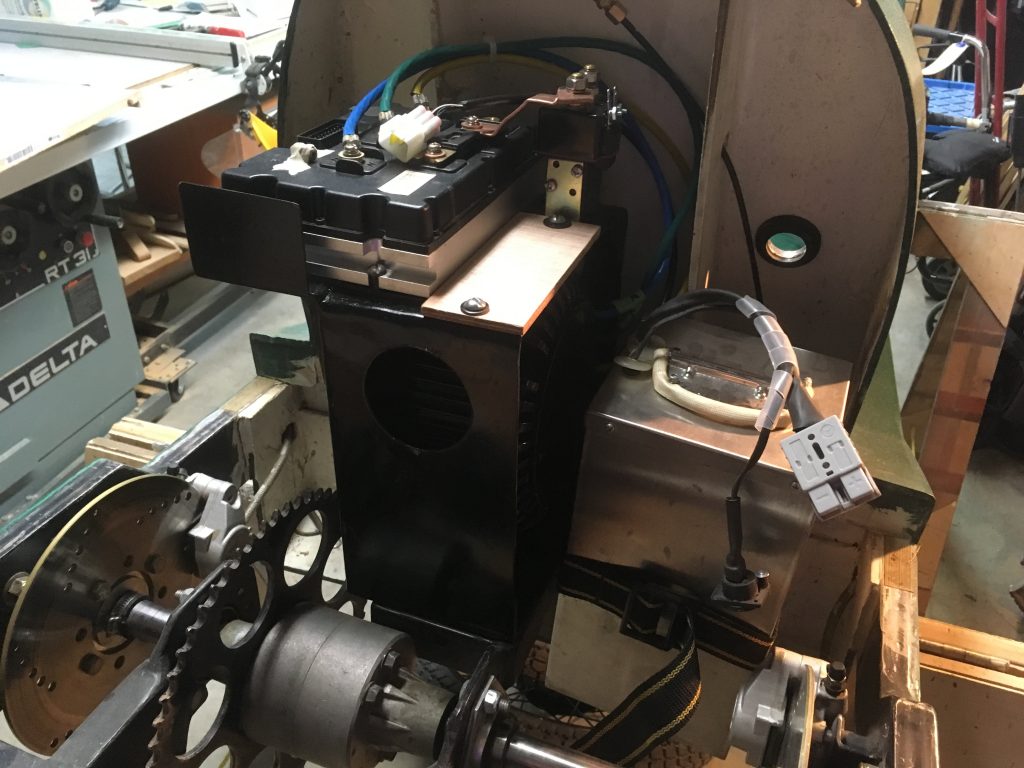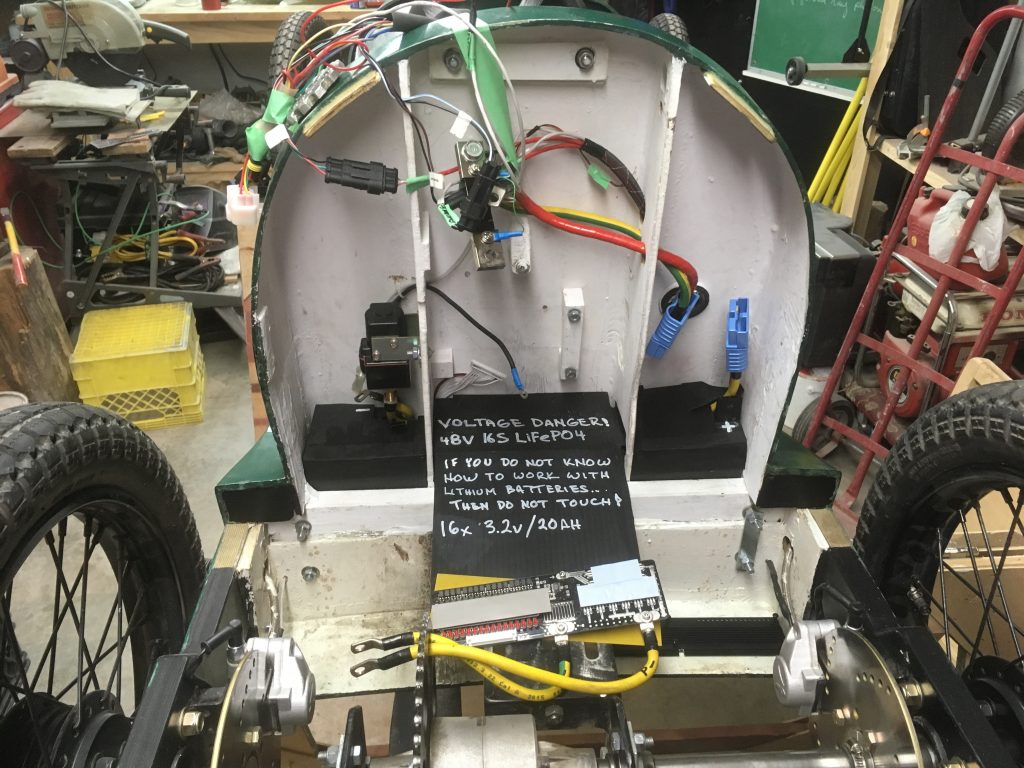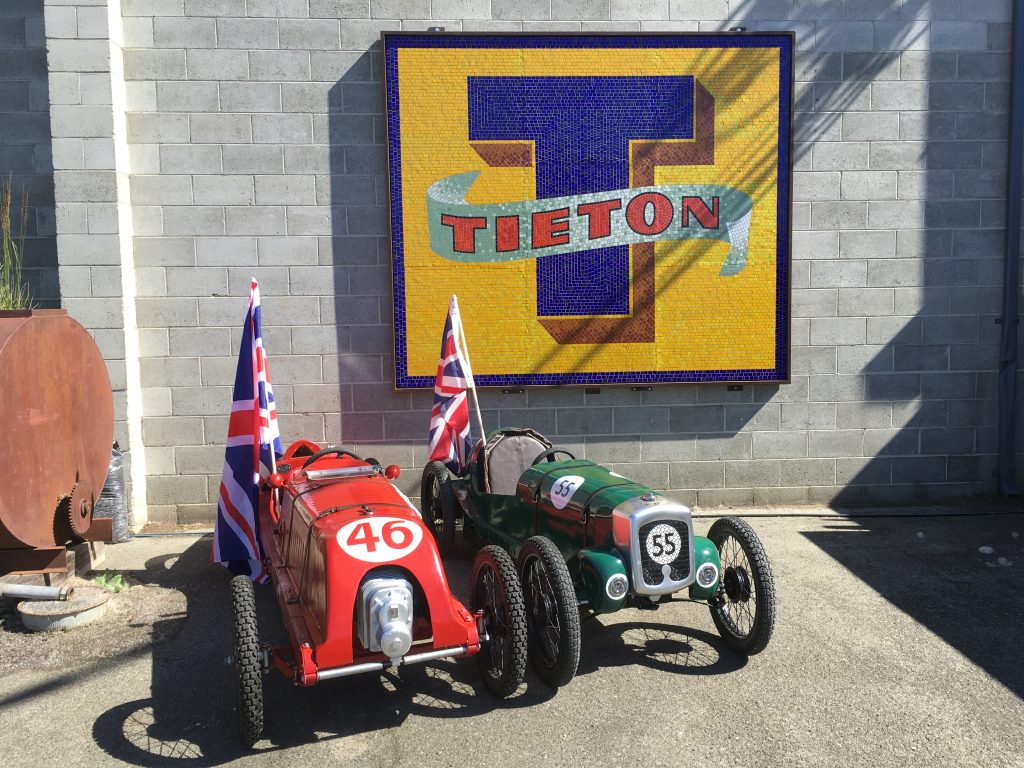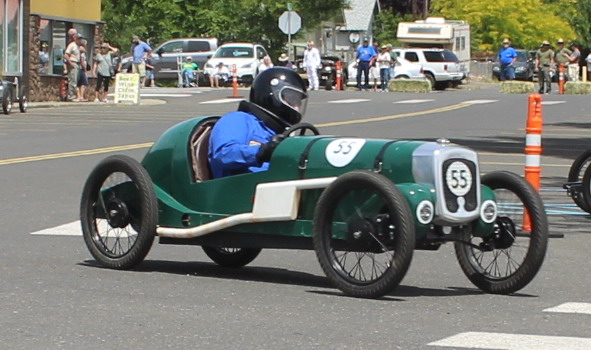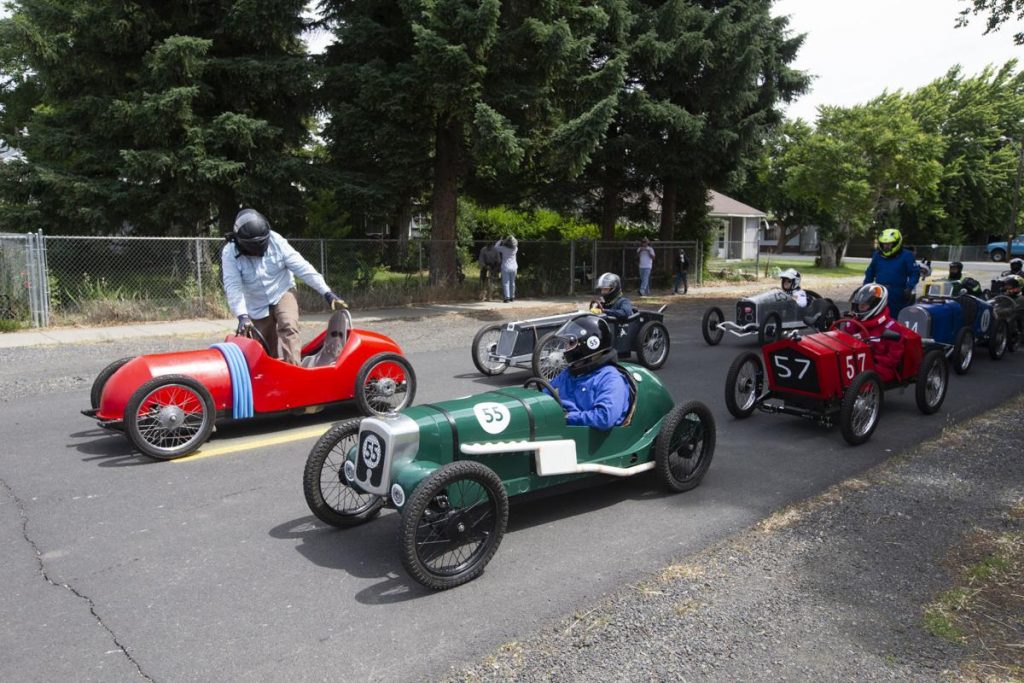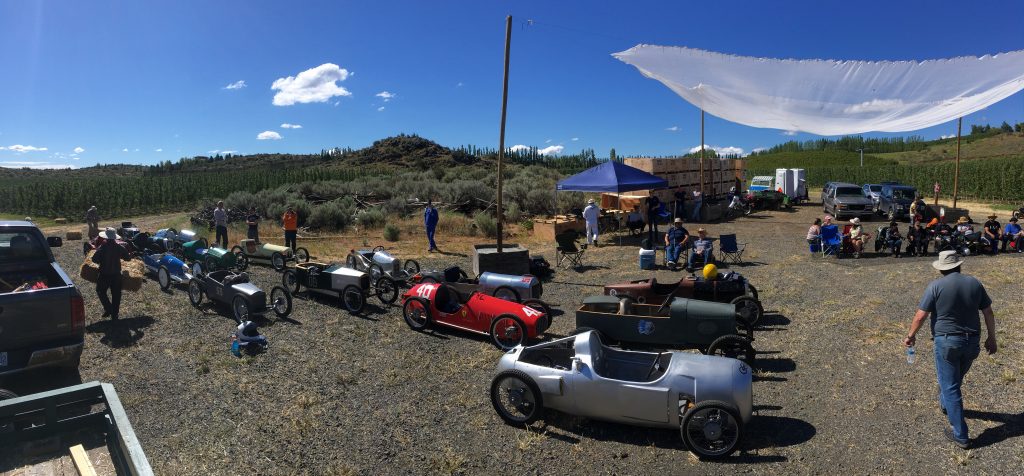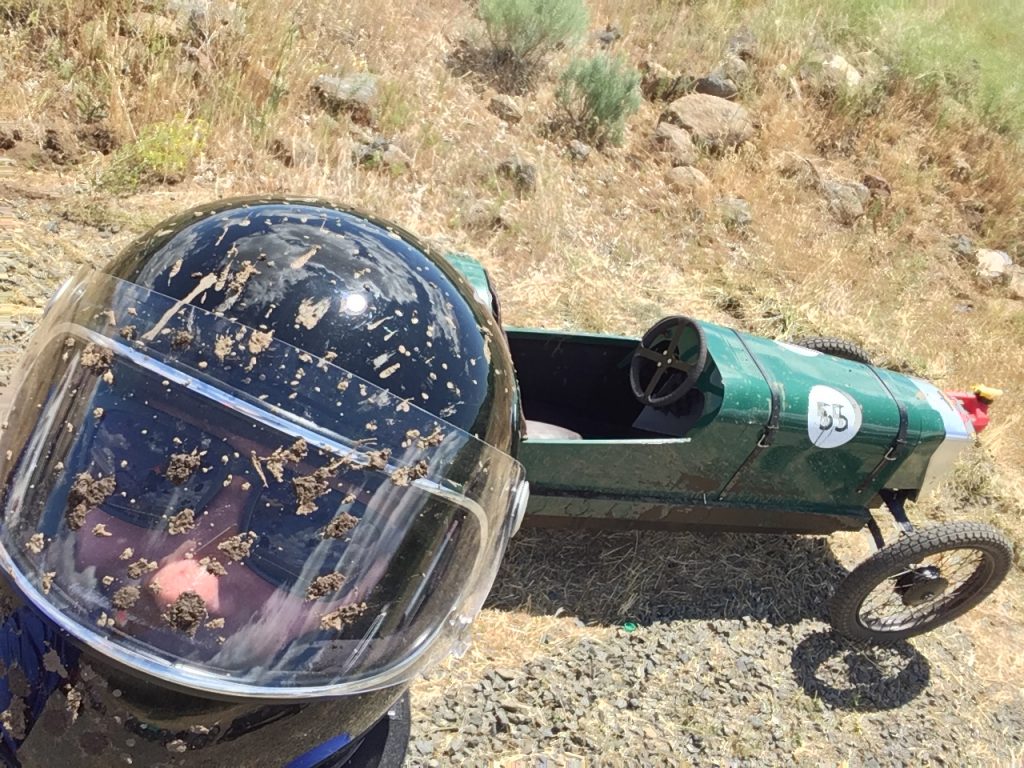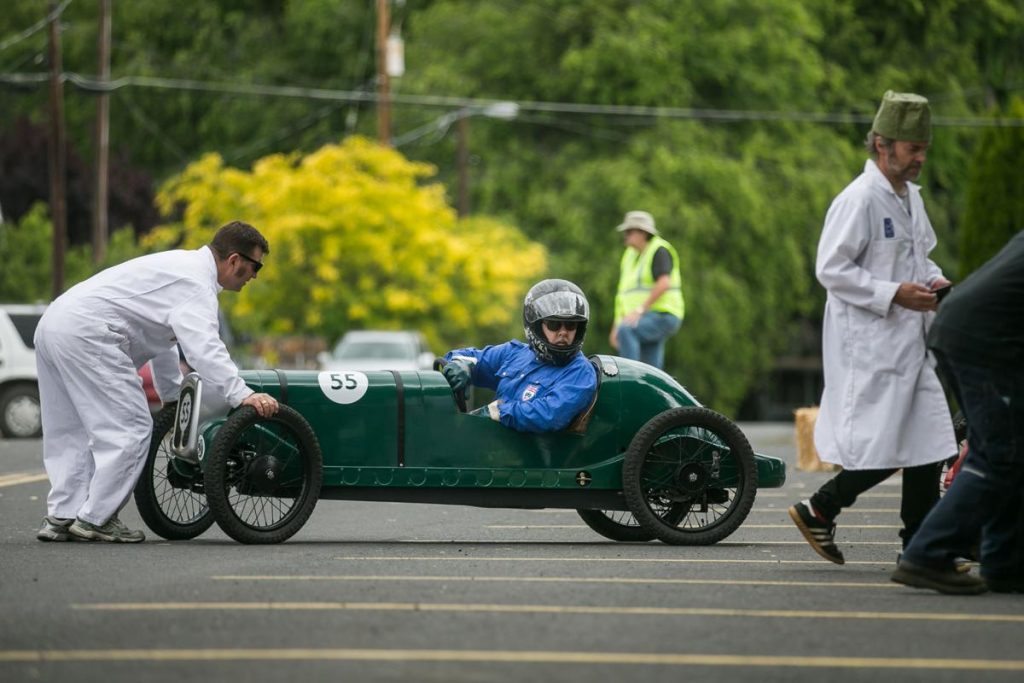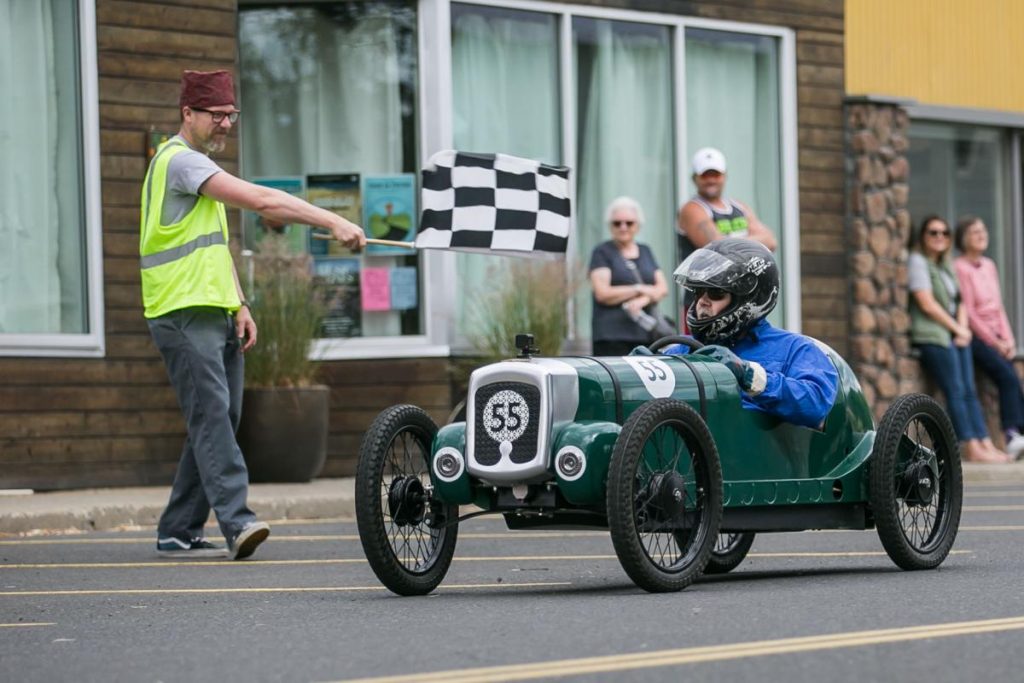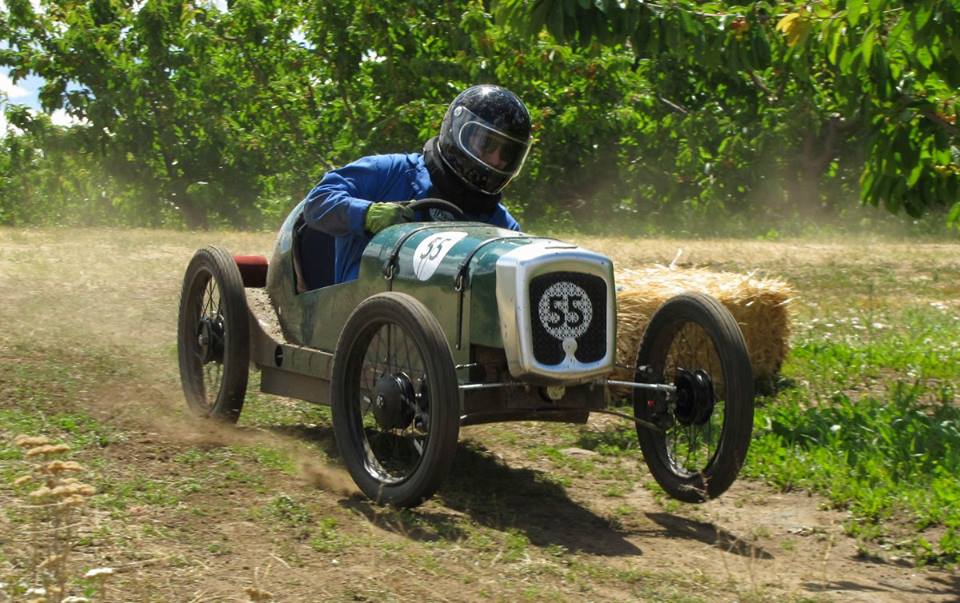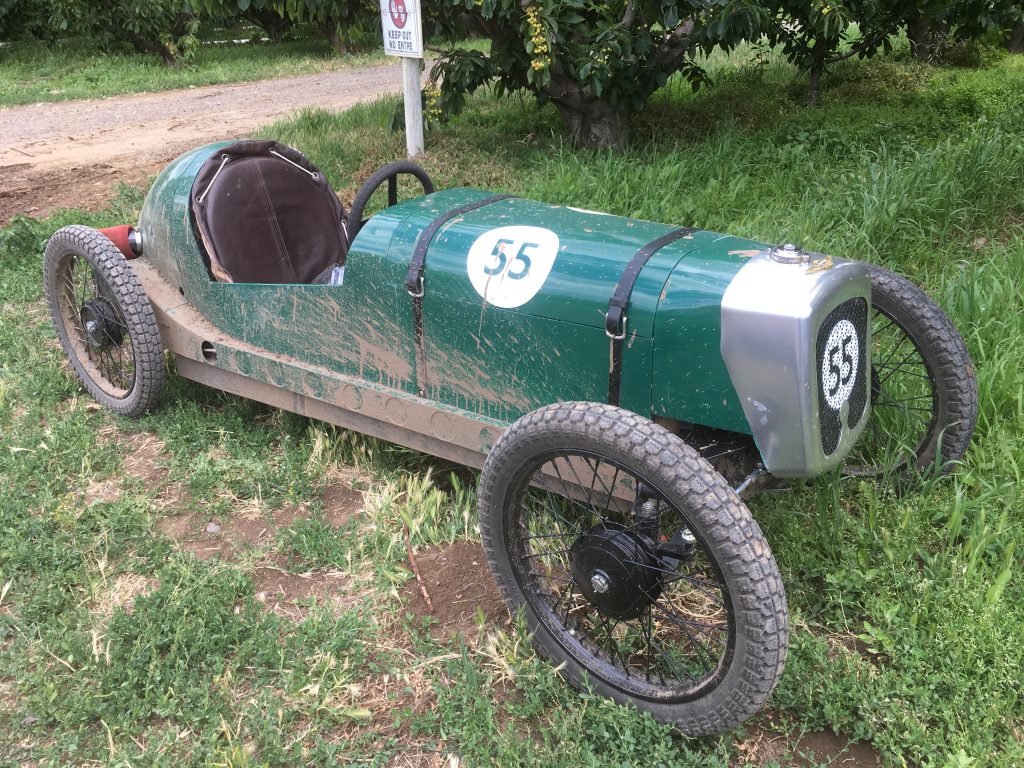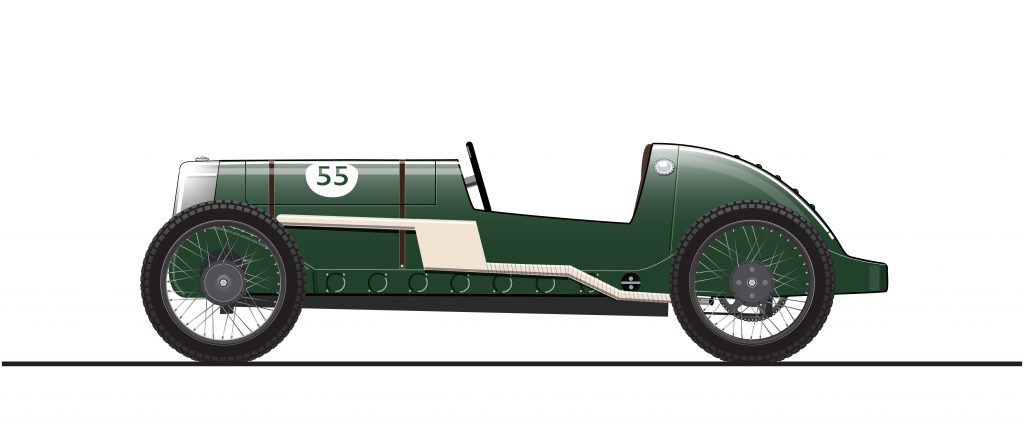
The British race car with the Italian sounding name.
The LAGONDA car company was founded in 1906 in Staines, England, by Wilbur Gunn, with the moniker chosen for the Shawnee name of his native Springfield, Ohio. In 1935 Lagonda shrewdly wooed W.O. Bentley away from prestigious Rolls Royce to design his now infamous V-12 which was launched in 1937.
Later in 1939 the simply dubbed ‘V12’ was one of two Lagonda cars prepared with a modified 4480cc, 60-degree,V12 engine for the demanding Le Mans endurance race. As per Bentley tradition, the race car’s sturdy chassis employs a boxed steel ladder frame with substantial x-shaped reinforcement. Breaking with tradition, the Lagonda V12 Le Mans sports independent front suspension, through two equal length wishbones and torsion bars, with the rear driven by a traditional live axle. Providing advanced braking control are two independent master cylinders for the hydraulic system. A 4-speed gearbox mounted center of the chassis providing superior weight balance for car control and four built-in hydraulic jacks quickened the pit-stops.
The Lagonda prevailed, finishing 1st in class, 3rd and 4th overall.
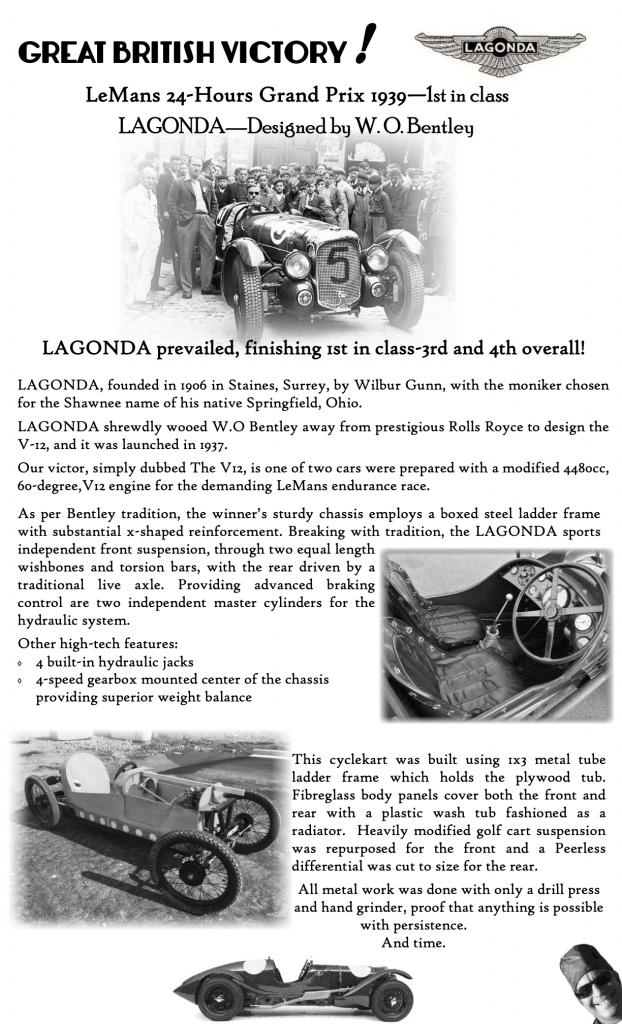
The Lagonda cyclekart; or how to build a British car that nobody’s heard of.
The first task in many cyclekarts is the wheels. Two new sets of wheels for a Honda Cub were purchased and the rears were modified with adapter plates to fit a driven 1″ shaft. The fronts only required bearings and spacers to fit their 3/4″ spindles.
The rear end was built separately as it required the most time to squeeze all the parts in. A standard ‘clone’ Honda GX200 modified to Stage 1 specifications drives a Comet torque converter with 9 teeth. A 40/41 chain connects the Comet to a 60 sprocket hub mounted onto a Peerless differential. The differential was trimmed down to narrow track at the rear which matches the offset of the wide front, narrow rear of the original Lagonda inspiration car. Brake discs were put on both sides matched with hydraulic calipers.
The front end used the remnants of a Club Car golf cart suspension. The suspension frame and spindles were trimmed of excess parts and the springs were narrowed to provide a softer suspension. A go-kart rack and pinion was added and the front and rear assemblies connected to make the traditional ladder frame. The 1×3 side rails had earlier been drilled out with 2 3/4″ holes and filled with light wood to mimic the frame of the inspiration car.
With front suspension and rear drive connected by the ladder frame it was time for the plywood tub and body. A stressed plywood floor was constructed to fit within the metal ladder frame. By bending the plywood floor and using boat building techniques to stitch the sides together you are left with a light and strong tub which is only 1/4″ thick but easily holds the weight of anybody jumping in. Styrofoam was used to shape the body and later any excess was cut away. A plastic wash basin was trimmed down and painted to become the radiator. PVC drain pipe was cut and bent to mimic the exhaust and the body was given a coat of British Racing Green.
The final product was a heavy cart but it’s quite easy and comfortable to drive. Once the driver gains experience they can use the independent rear braking to tighten the corners and carry more speed. The cart’s sturdiness allowed it to survive the rough terrain of the harrowing Campbell Cup.
The Lagonda never fails to leave a smile on whomever is driving and it looks damn fine sitting alone by itself.
Just the facts ma’am
74 1/2 in wheelbase
Front Track 37in (measured to outside of rims)
Rear track 31in (measured to outside of rims)
105 1/2 in long and maximum body width 24 in
Height at drivers wheel is 28 1/2in
17″ rims running Duro HF325 [2.25-17] give 22″ diameter.
72in per revolution of wheel
Rear sprocket 60T #40/41 chain
Motor/Comet sprocket in either 8T or 9T
Weight of 253lbs
But wait.. Electric you say?
Over the winter of 2018 the Lagonda had its gas motor removed. A homemade 48V 20amp hour LiFePO4 battery was installed to drive a 5Kw BLDC electric motor. The results were mixed at first but the potential was there. The e-Lagonda successfully competed in Tieton 7 and gave respectable lap times even in the Campbell cup orchard.
I was always interested in building an electric cyclekart but thought that my first one should be a gas motor to iron out the kinks of the cart. Other builders had gone electric their lead made it a very interesting concept to pursue.
At Gittreville we sometimes compete under national banners and I wanted a British car, more specifically, a W.O. Bentley inspired car. I settled on the Lagonda not just because of its provenance but because of its sweeping lines. It’s a Le Mans class winner and like other Bentley cars, the Lagonda is not small which could afford some wiggle room for a first time builder.
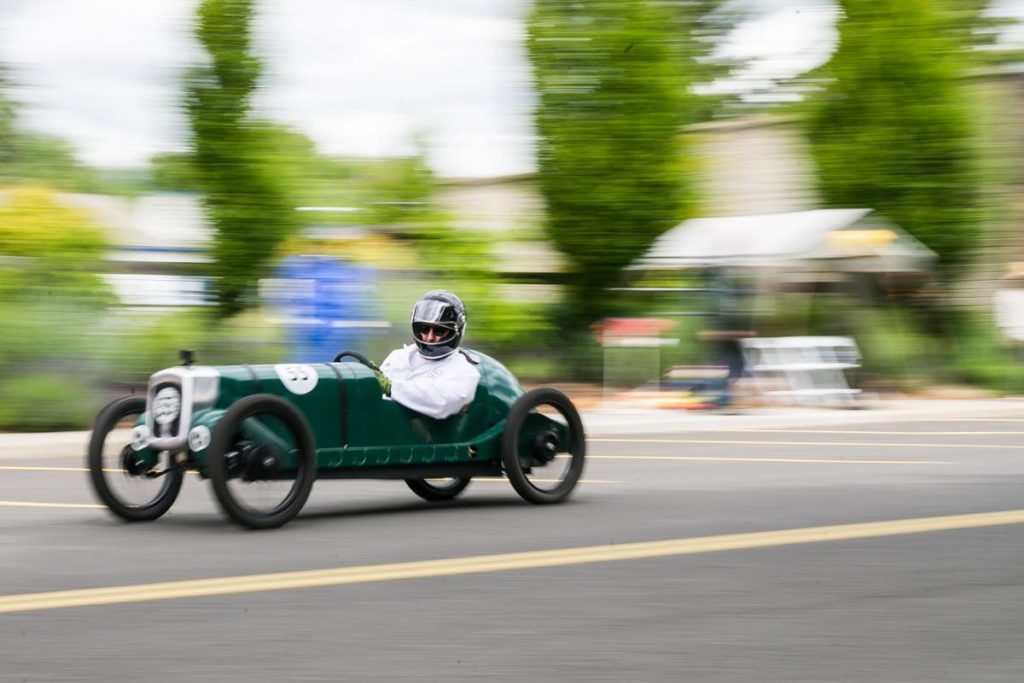
by Dr. Wheeler



